Grocery Guides
What is Amaranth + Other Common Questions
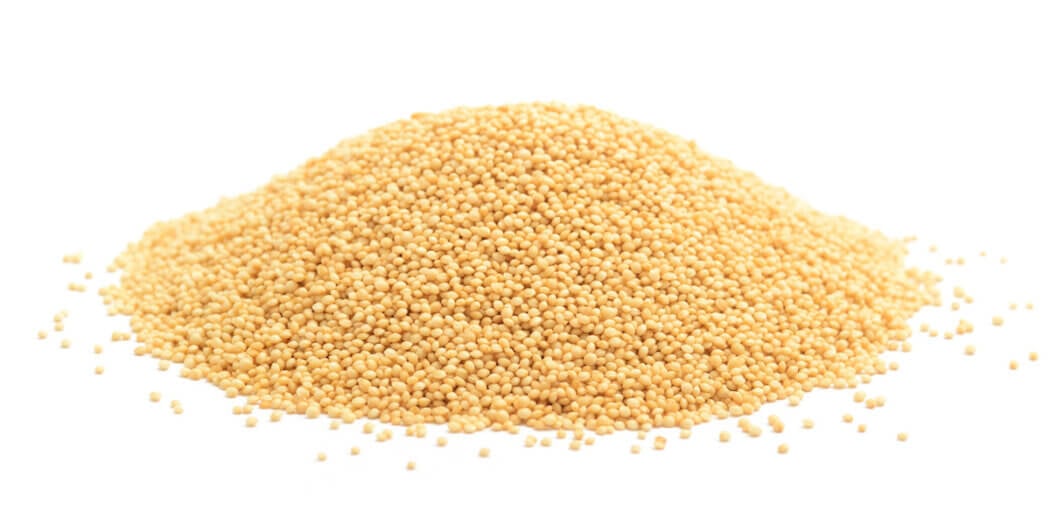
Quick Answer
What is amaranth?
Amaranth is a pseudocereal grown for its edible seeds. Its seeds are about the size of poppy seeds and similar to wheat. However, it’s not an actual cereal since it is a seed instead of a whole grain. The amaranth plant itself can grow as high as 9ft tall and has a yield similar to corn. The amaranth seed has a sweet, nutty, and peppery flavor with a strong grassy smell. The seed can’t be eaten raw, or it will block all nutritional intake. It must first be boiled like other grains or popped like popcorn for a unique snack. It can be used as a salad topping, in soups, or even as cereal in the morning. Amaranth is also commonly ground into flour for those on a gluten-free diet.
Where did amaranth originate from?
The seeds of amaranth plants have been found during archaeological digs in Argentina, dating back over 7,000 years ago. Amaranth then journeyed north into Latin America and Mexico. It has been found at sites in Mexico dating back nearly 6,000 years ago.
Amaranth was originally used ceremonially instead of being grown as food. It was nearly eliminated in this area during the Spanish conquest when they banned the religious use of the plant. Luckily, some plants were able to survive after all of the fields were burned to the ground.
Eventually, amaranth became popular in the United States in the 1970s, and it became part of the health food craze. It is now mostly grown in Mexico, southern Asia, and India.
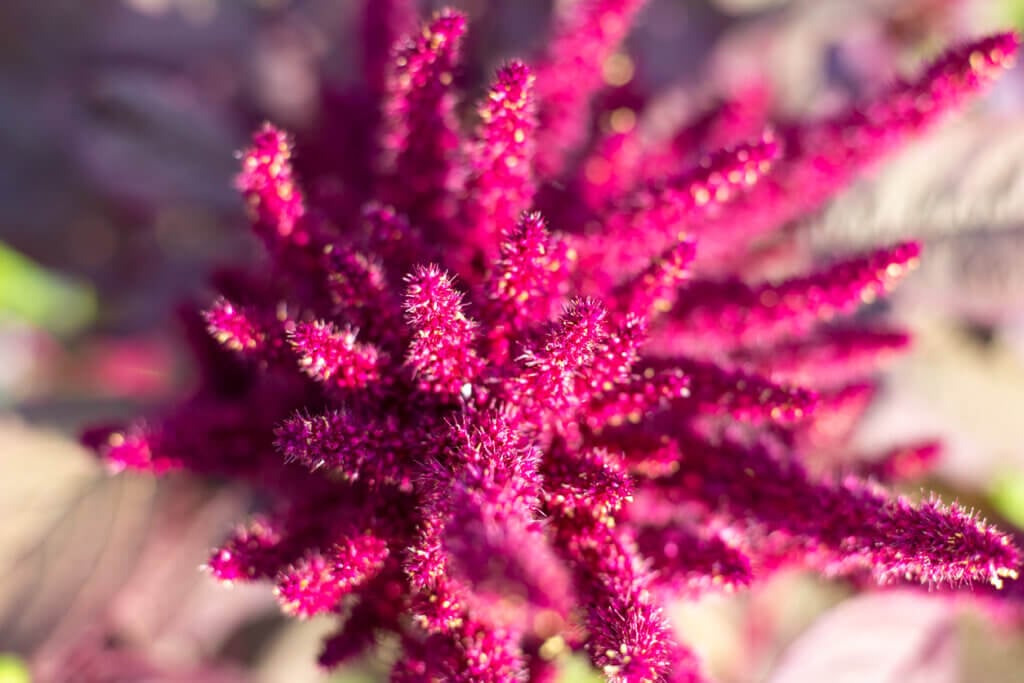
What is the nutritional value of amaranth?
Amaranth has some of the highest nutritional values of plant-based proteins. One cup of cooked amaranth contains the following:
- 251 calories
- 9.3g of protein
- 46g of carbohydrates
- 5.2g of fat
- 105% of the daily value (DV) of manganese
- 40% of the DV of magnesium
- 36% of the DV of phosphorus
- 29% of the DV of iron
- 19% of the DV of selenium
- 18% of the DV of copper
How is amaranth grown?
Amaranth is typically grown in warmer regions where it needs full sun and well-drained soil. The plant starts from seeds in the ground in the spring or indoors at least 6 weeks before the final frost. The plants are highly drought-resistant, so you don’t have to water them constantly. The plants should reach full maturity in about 12 weeks. At this point, the seeds are ready to harvest.
To harvest the seeds, cut off the flowers when they turn brown. Next, place the flowers in a paper bag where they can dry out completely. Once they are dry, shake the bag to loosen the seeds from the flowers. The seeds require a final rinse to remove any debris, and then they’ll be ready to eat.
Make sure to pick a variety that is more evolved toward growing seed instead of being ornamental. The leaves of the amaranth plant can also be consumed, although doing so is not as popular as the seeds.
What is the shelf life of amaranth?
The shelf life of amaranth is slightly shorter compared to other grains. It will stay fresh for around 3 months in an open container in your pantry or 1 year in an air-tight container. It will last around a week in the refrigerator after being cooked.
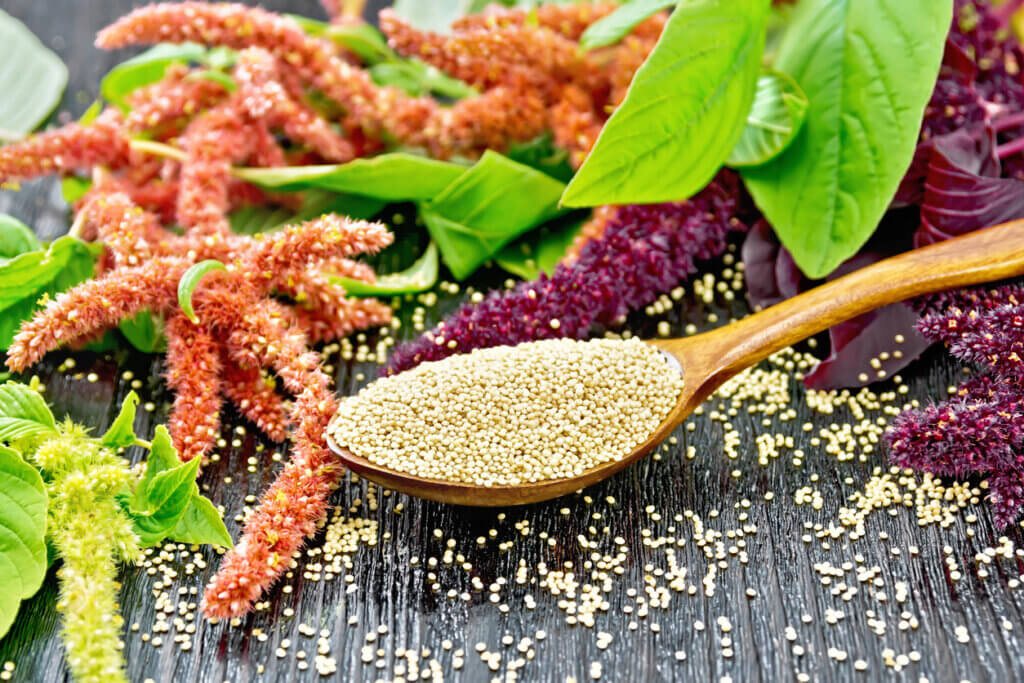
What should I look for when buying amaranth?
When shopping for amaranth, the only real difference between brands is whether it is organic or not. Pick whatever your preference is. Other than that, just be sure to verify that the sell-by date is not too out of date.
If you are looking to have your groceries delivered, you can easily shop for amaranth via Instacart. After adding a product to your cart, use the “Instructions” option to notify your Instacart shopper about any preferences or specific directions on how to choose the best products. Shop for amaranth.
Grab it now on Instacart:
How to store amaranth
Amaranth needs to be stored in an air-tight container in a cool and dry location. It drastically increases its shelf life when it is kept under these conditions. You can cook amaranth and freeze it in portion-sized freezer bags that will last as long as 6 months.
How to tell if amaranth is bad
The first way to tell if your amaranth has gone bad is to see if there is any mold growing on it. If it isn’t moldy, check to see if there is any odor coming from the amaranth. If it doesn’t fall under either of those conditions, the taste can be off. It should be sweet and nutty. If it isn’t, it may be rancid. Finally, pay attention to the sell-by date on the bag. If it is bad, make sure to toss it.

What can I substitute for amaranth?
Since amaranth is so close to whole grains, there are many easy substitutes for it. You can substitute quinoa, wheat berries, bulgar, buckwheat, chia, breadnut, barley, and farrow for amaranth. These are all cooked in similar ways and have a close taste and texture.
How to find amaranth near me
You can find amaranth in the health food section of any grocery store near you. It may be found in the mounted food dispenser section. You can even use Instacart to have it delivered the same day as your order or schedule a delivery in advance.
Most Recent in Grocery Guides

Grocery Guides
15 Tasty Ice Cream Alternatives: Yogurt, Shaved Ice & More
Ice cream has been a beloved treat for generations. With its rich flavors and smooth texture, it’s no wonder people choose ice cream when looking for dessert. However, as dietary restrictions and health consciousness evolve,…...
Apr 10, 2024![When Is Artichoke Season? [Recipes + Guide]](https://www.instacart.com/company/wp-content/uploads/2024/03/when-is-artichoke-season-hero-447x224.webp)
Grocery Guides
When Is Artichoke Season? [Recipes + Guide]
Quick Answer When is artichoke season? In North America, artichoke season is from March to May, with smaller batches in October. Artichokes are a unique and versatile vegetable known for its tender heart and delicate…...
Mar 6, 2024
Grocery Guides
Brown Eggs vs. White Eggs: How Are They Different?
Eggs are an essential ingredient in many sweet and savory recipes. The possibilities are endless when it comes to using these protein-packed powerhouses — you can scramble, fry, boil or poach eggs, or you can…...
Feb 24, 2024

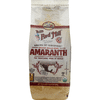
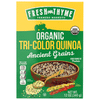
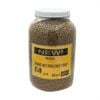
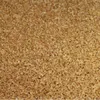


 Squash – All You Need to Know | Instacart Guide to Fresh Produce
Squash – All You Need to Know | Instacart Guide to Fresh Produce  Ghost Pepper – All You Need to Know | Instacart Guide to Fresh Produce
Ghost Pepper – All You Need to Know | Instacart Guide to Fresh Produce  Sprouts – All You Need to Know | Instacart Guide to Fresh Produce
Sprouts – All You Need to Know | Instacart Guide to Fresh Produce 

